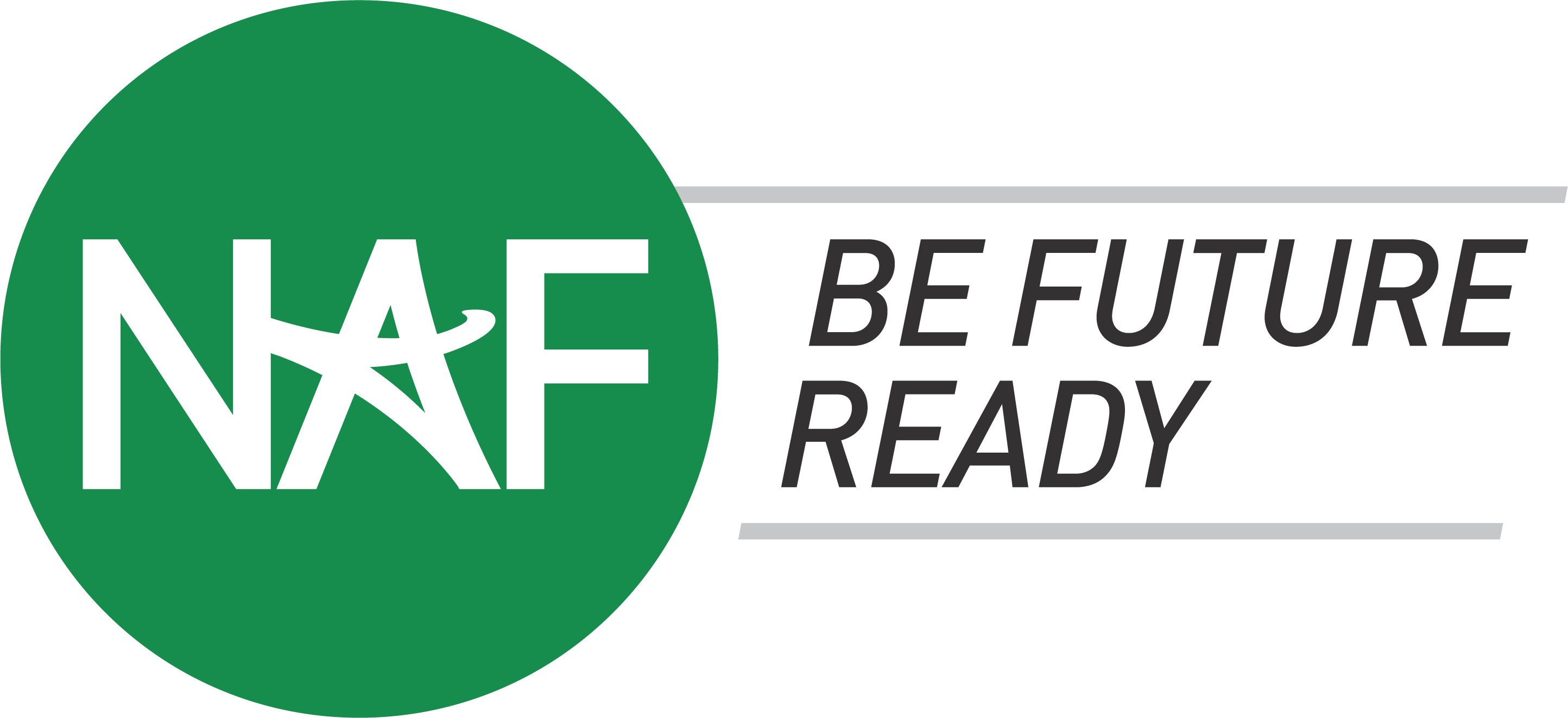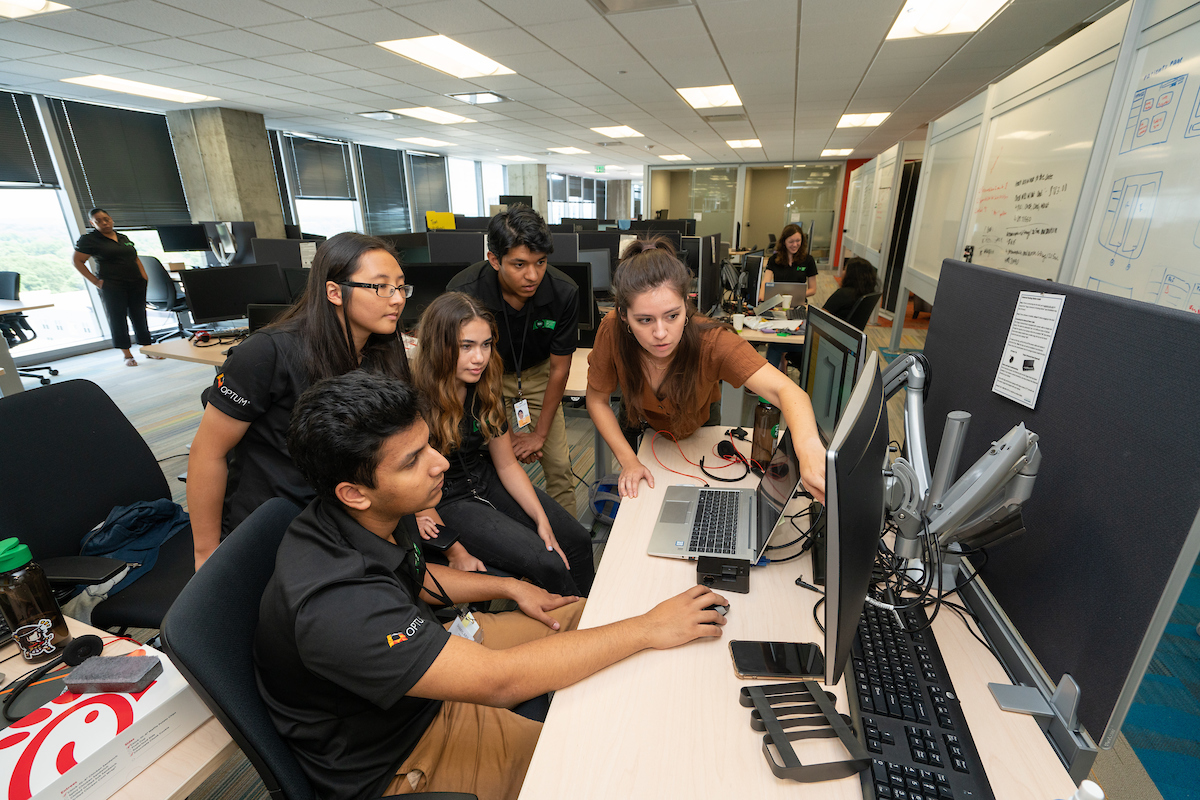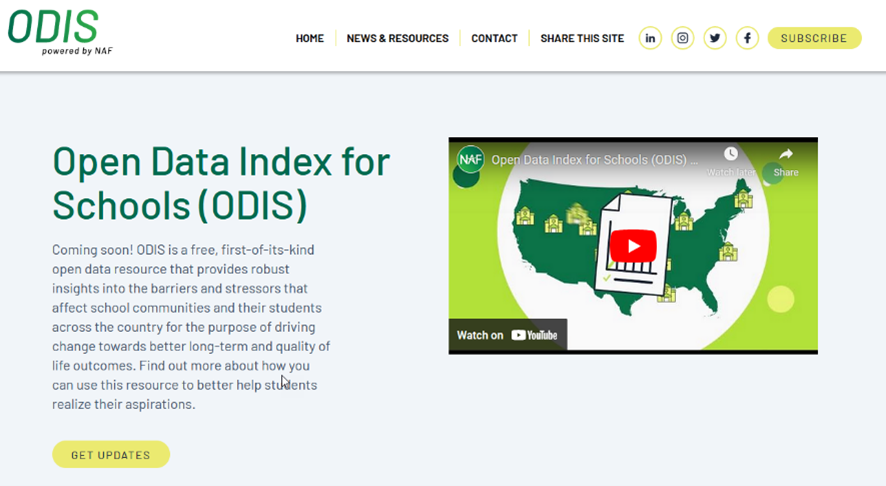“Triple Impact: How Career Academies Use Courses, Internships, and Dual Enrollment to Elevate College Access”

As part of NAF’s commitment to Outcomes-Driven Work-Based Learning (ODWBL), our Research & Tech team works diligently to collect data to measure those specific outcomes, so that we can better track and improve upon our time-tested design on imparting college and career readiness.
To better understand how this design impacts students, NAF partnered with an independent research team on a study utilizing data from the National Student Clearinghouse – with more than 16,000 U.S. high school graduates who participated in 507 NAF academies in 2019. Their analysis explored college enrollment and matriculation rates, examining how outcomes varied based on completion of core NAF program elements.
The independent report, recently published in Innovative Higher Education “Examining the NAF Academy Elements Associated with College Matriculation for High School Graduates” by Dr. Edward C. Fletcher Jr., In Heok Lee, Tony Xing Tan, and Gen Li included existing literature reviews of attempts at identifying root causes and additional influences on post-secondary outcomes, as well as an analysis of the collected NAF student data.
The results were clear: NAF academy students who completed NAF courses, gained internship experience, and participated in dual enrollment with a NAF academy alongside their high school were significantly more likely to enroll in and matriculate to college than their peers who did not take part in these opportunities. From the report: “A relatively substantial percentage of those currently enrolled (28.88%) have experienced dual enrollment, compared to a lower percentage among those who have not enrolled (12.81%).”
Dr. Nicholas Minar, NAF’s Director of Research and Reporting, describes the findings on the completion of career-themed courses and a high school-level internship with positive college enrollment outcomes as novel:
“The most significant finding is that dual enrollment, completion of NAF courses, and participation in an internship independently increased likelihood of college enrollment. This is notable because even when students were unable to complete all three experiences, participation in any one of them was associated with a measurable boost in post-secondary enrollment.”
Dr. Minar went on to note that these findings support expansion of each component to provide access to more opportunities for more students.
Yet, like any dedicated researcher, Dr. Minar finds that the data leads to more questions and potential for future research.
“College enrollment is certainly an important outcome, but it’s a relatively short-term outcome for high school graduates. Of course, we would like to examine medium and long-term outcomes such as college completion and career attainment. How do career courses and internship participation affect those outcomes? How can we better design the study to control for academy quality? These are absolutely findings we want to pursue in the future.”
Download the full report here.





